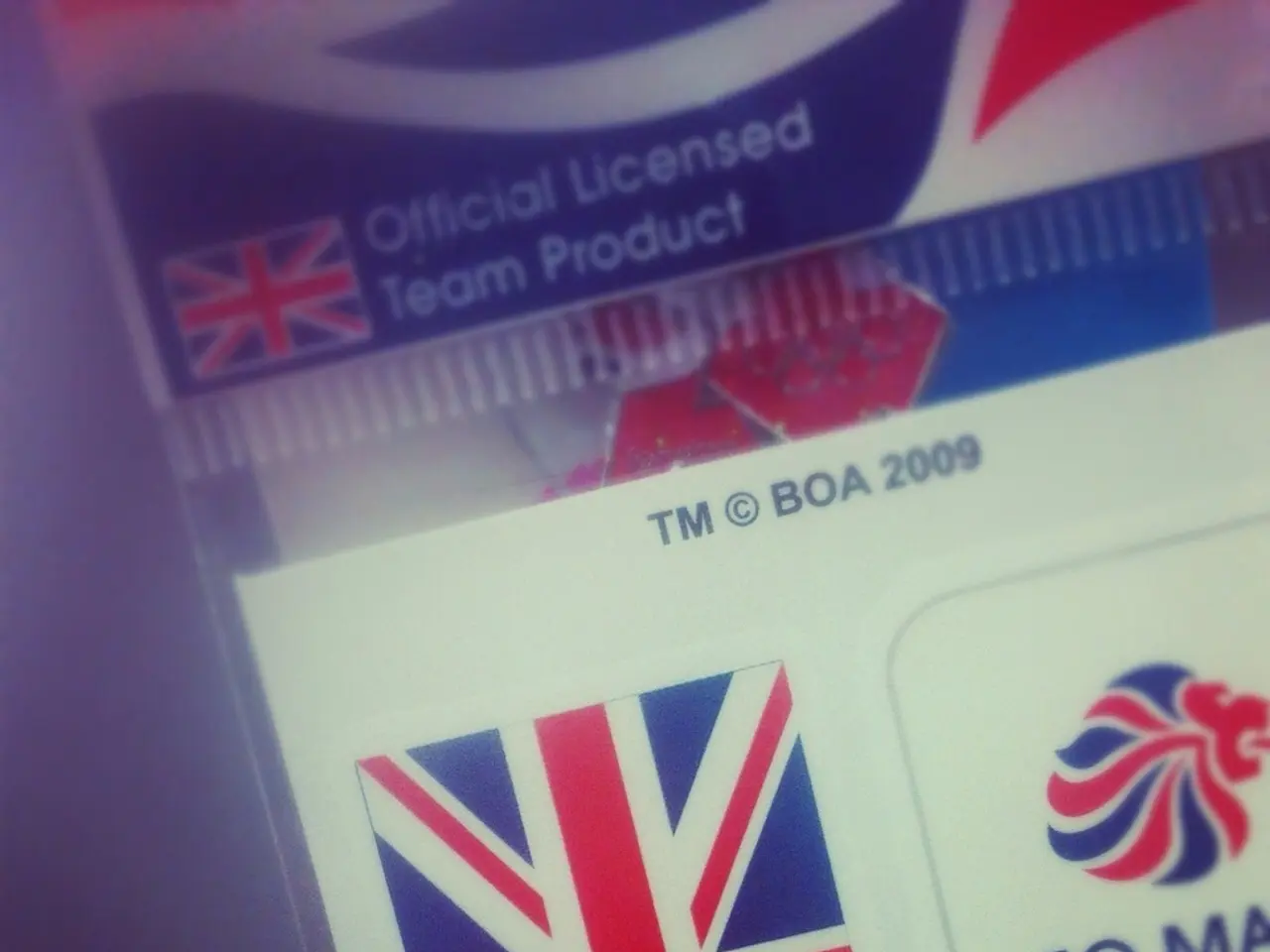Smart Choices: Prepaid Cards and Digital Payments Outshine Traditional Checks
In a recent discussion on PaymentsJournal podcast, U.S. Bank's Scott Pope, Mike Watercott, and Jordan Hirschfield highlighted the vulnerabilities of paper-based payments and the advantages of transitioning to electronic transactions, particularly through prepaid disbursement options.
The move towards payments modernization may be a daunting task, but the benefits make it a necessity. Shifting from paper checks to electronic transactions, notably prepaid disbursement options, offers significant advantages in fraud prevention and security.
One of the key advantages is Real-Time Fraud Detection and Prevention. Electronic transactions can be continuously monitored as they occur, allowing AI-powered systems to instantly detect suspicious patterns and flag or block potentially fraudulent transactions before completion. This is in stark contrast to paper checks, where fraud may only be detected after the fact.
Another advantage is the Integration of AI and Machine Learning. Electronic transactions leverage these technologies to analyze large transaction datasets, identify anomalies, adapt to evolving fraud tactics, and reduce false positives. This provides greater precision and scalability than manual check verification.
Enhanced Customer Authentication is another benefit of electronic platforms. They often incorporate stronger authentication methods such as biometric identification and two-factor authentication, reducing identity fraud risks common with paper checks.
Tamper-Resistant Recordkeeping is also a significant advantage of electronic transactions. Some electronic methods utilize blockchain technology, creating immutable, transparent transaction records that are difficult to alter or forge, thereby increasing auditability and reducing fraud attempts associated with paper-based instruments.
Speed and Traceability are also key benefits. Electronic disbursements, including prepaid cards, finalize transactions faster than checks, which can be delayed or intercepted. They also provide digital trails for every transaction, aiding in rapid fraud investigation and resolution.
However, organizations can't fully abandon legacy payment methods; a balance of innovation and security is necessary. From a regulatory and risk management perspective, electronic payments and the use of prepaid cards are seen as dramatically safer than checks.
The convenience of credit, debit, and prepaid cards is a key reason these payment methods have outpaced checks. Electronic payments offer more fraud prevention tools than paper checks, allowing senders to proactively investigate recipients before sending a payment.
In summary, shifting to electronic and prepaid disbursement options greatly improves fraud prevention by enabling real-time AI-driven monitoring, leveraging biometric and cryptographic security, and creating tamper-proof records, all of which are challenging or impossible to achieve with traditional paper checks. Regulatory requirements at both the state and federal levels provide protections for prepaid and electronic transactions that don't exist with checks.
As organizations transition to electronic payments, they must consider the organizational structure involved, especially when partnering with fintechs. Financial institutions must understand the unique rules that govern electronic payments and ensure compliance with all applicable rules and regulations.
Lastly, it's worth noting that the Electronic Fund Transfer Act (Regulation E) protects consumers' rights in electronic transactions. Despite these advantages, check fraud remains a concern, often involving sophisticated criminal networks, with the person stealing the checks being just one link in the chain. Check fraud has been linked to an increase in mail theft, with criminals stealing checks and either selling the data or manipulating it for fraudulent purposes.
[1] https://paymentsjournal.com/ [2] https://www.federalreserve.gov/ [3] https://www.fbi.gov/ [4] https://www.ftc.gov/ [5] https://www.consumerfinance.gov/
In the transition to electronic payments, the implementation of technology provides significant benefits such as real-time fraud detection and prevention. This is made possible by AI-powered systems that can quickly identify suspicious patterns and instantaneously flag or block potential fraud.
Moreover, technological advancements enable the integration of AI and machine learning in the analysis of large transaction datasets, thereby improving precision and scalability in fraud prevention measures, and reducing false positives.




